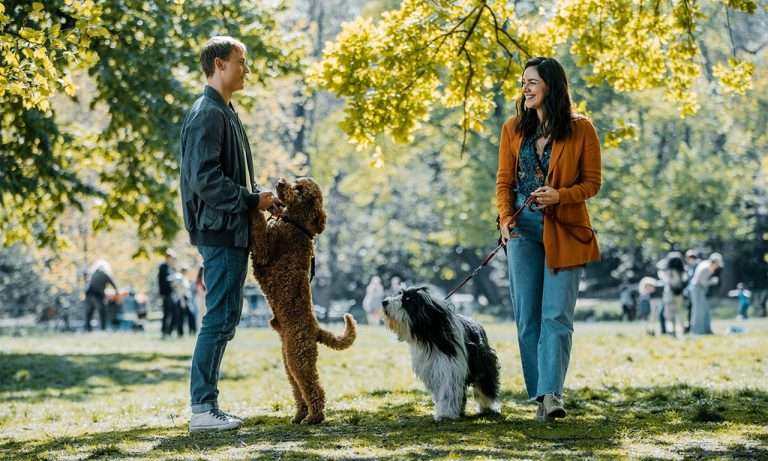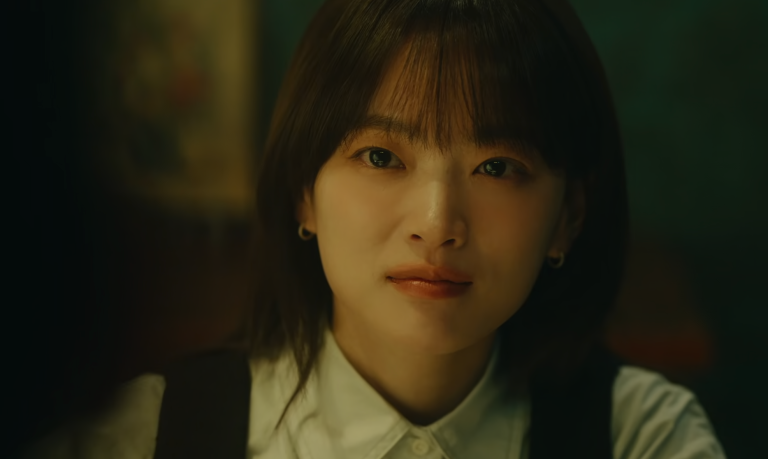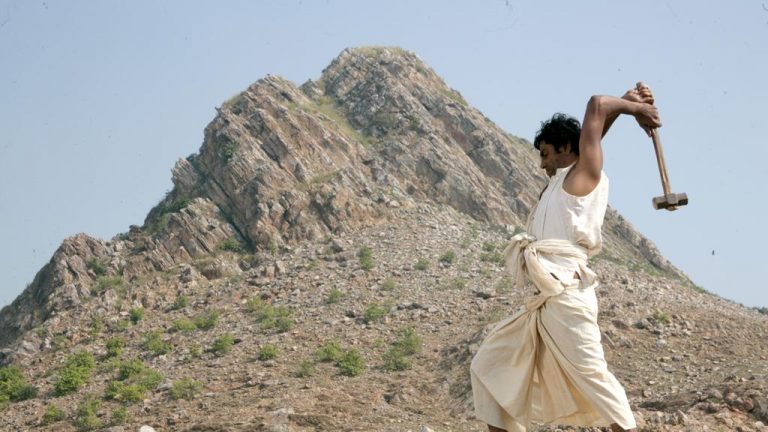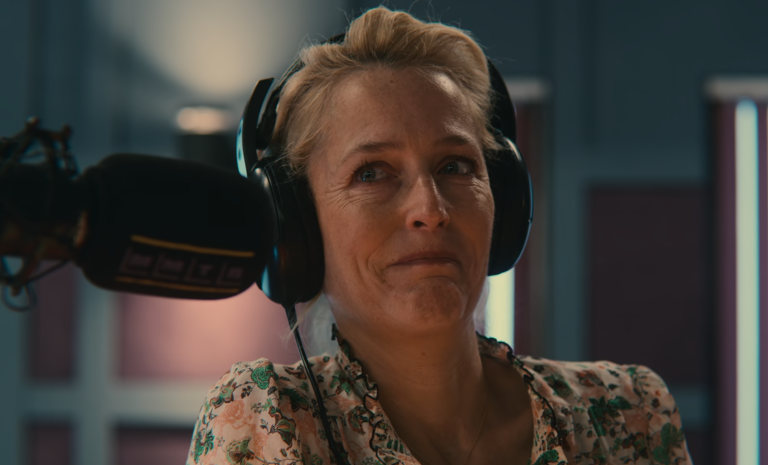Three of Us Review: Cinema is defined by characters; either situations, events, and objects personified and/or humans existing in them. Humans inhabit characters to narrate stories, stories we can find ourselves in, or stories we aspire to experience. But characters are objects in themselves, objects that propel narratives. Objects require humanization, which is a function of stories per se. Expressions of vulnerability are one of the most important methods of humanization.
In probably the finest expression of vulnerability I have seen onscreen in Joachim Trier’s The Worst Person in the World (2021), Aksel, played by Anders Danielson Lie, tells Jule, played by Renate Reinsve, “I reached a point in life when suddenly… It just happened. When… when… I began to worship what had been. And now I have nothing else. I have no future. I can only look back. And… It’s not even nostalgia. It’s… Fear of death. It’s because I’m scared. It has nothing to do with art. I’m just trying to process.”
Three of Us feels like a film born out of the internalisation of this particular quote. This might sound like a conjecture, but such is my interpretation, for I was reminded of the multiple tender servings of burdening sadness inherent to the conversation between Aksel and Julie in the aforementioned film while watching Avinash Arun’s Three of Us.
Three of Us is a feat. Many might mistake this film to be a nostalgia device. A careless reception of the film renders it prone to looking extractive, much like a lot of other films across formats and genres, founding themselves on popular elements capable of evoking nostalgia. Three of Us looks back at a past being diminished by the future. And it is a feat because it does so without invoking fear. The narrative doesn’t create any urgency to gather artificial empathy. It is restrained.
The restrained nature helps in assigning a sense of mystery to the screenplay. For the majority of the film, the audience feels a dread. But that doesn’t take us out of the warm environment created by the film. The sadness lurks, but there is joy in reconnecting with the things left behind. The screenplay doesn’t portray an act of preserving memories but the act of experiencing them, lest it would be the last time.
Shailaja, played by Shefali Shah, visits the coastal town of Vengurla, where she had spent her middle school days, with her spouse Dipankar, played by Swanand Kirkire. The tour is immediate, a deviation from the monotonous routine of people grinding in the economy for survival. She seems to searching for something. Perhaps familiarity or absolution. The couple meets an old classmate of Shailaja, Pradeep Kamat, played by Jaideep Ahlawat, and the three people go around the peaceful small town, situating the current experience in the outline of their childhood.
In many ways, Three of Us has become deeply personal to me. A place is a being unto itself. At the same time, a place is a function of the people occupying it. Therefore, the bond we form with a place is of dual character. Shailaja remarks how she yearned to come back to Vengurla when she was in Mumbai, and now that she is here, she is missing Mumbai. The process of existing in a place is an exercise in routine. The routine has inherent mundanity, which compels us to wish to escape it. Therefore, we do. We cause deviations in our routine. And for the duration we exist in the deviation, we happen to yearn for the familiarity of the routine because there is comfort in familiarity.
Three of Us not only explores the effort of mimicking a past before the mind abandons it, but it also illustrates the attributes of the relationship between people, places, and their interplay in memories. It looks at the present in the aftermath of random occurrences that shaped it. It amplifies the feeling for us to realise and acknowledge that while our existence in the present is caused, alienating ourselves from the present is retroactive aggression. However, the aggression cannot have an outcome. There’s futility to it. And certainly, it cannot be a route to catharsis.
Avinash Arun made his second film after eight years due to reasons unbeknownst to me. But having watched Three of Us, I am certain I will yearn for his expression until it is secured. The promise is in sincerity with which he understands his characters. The story feels like a function of them and not vice versa. Did he meet Shailaja somewhere in Vengurla and narrativised an aspect of her living? Perhaps he did so on a sheet of paper. I hope he keeps meeting people in places through time.




![Hellraiser [2022] Review: Clive Barker’s hellish vision comes to life in a good-looking but staid remake](https://79468c92.delivery.rocketcdn.me/wp-content/uploads/2022/10/Hellraiser-2022-Movie-Review-1-768x449.jpg)




